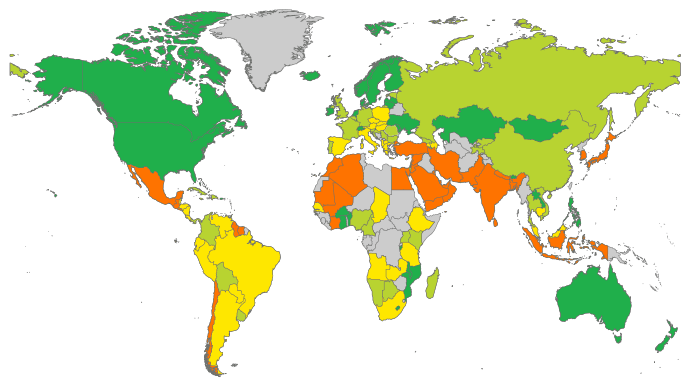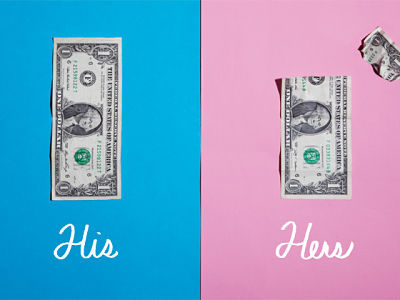IB Geography
Gender and change
The final sub-unit of Population's in Transition is Gender & Change. For the majority of this unit, we will be looking at gender inequality and the importance of gender in society.
Introductory Activity
In September 2015, The United Nations finalized the Sustainable Development goals, which follow up the UN's Millenium Development Goals. One of the new goals, is "Gender Equality".
In this introductory activity, as a class we review the relationship between Goal #5 and the rest of the sustainable development goals.
For each of the goals as a class, we looked at how reducing gender equality will benefit and contribute to the achievement of the other goals.

Activity 2 - Gender Matters
The first component of this activity is posters with relevant statistics about gender inequality. The goal of the posters is to be able to use them to educate and inform people about gender disparities and gender inequality. The posters are centered
In addition, these posters include statistics that will be helpful in tests and exams
To see the rest please click on the image to see the rest of the posters

Gender Map Description: Politics
The intention of the activity is to improve our ability to give detiled accounts or describe maps in accurate detail. The following map is from BBC GGI Maps, and it looks at equality in Politics.
The map provides a worldwide view of politics. Green is most equal, followed by light green, yellow and then orange is the least equal. There was no data that could be found for the countries highlighted in grey.
It is clear that the countries in dark green are Canada, the United States, Australia and the Scandanavian countries. The reasons for this is that these countries are quite well off, and have higher GDP's in compariosn to some of the other countries and can afford to educate women, and also educate the entire population about gender equality.
There is also a lot of data missing for African countries with regards to their participation in politics, but generally there is less equality, especially in North Africa. It is important to observe countries with great inequality in politics such as Mozambique and Ghana. They are developing countries who are also middle income countries, and this means more money is being invested into education and women are contributors.
The Middle East is seeminly the least equal place in the world, due to the fact that countries such as Qatar & Saudi Arabia are all orange, inclusive of other Asian countries such as Iran, Yemen. They are all orange, indicating least equality in this indicator. The reasons for this is that they are mostly Arab/Muslim countries, were many women do not go to work, but mostly stay at home. This limits their participation in government and in politics. In addition, status of women may not be so high in these countries as well, given that in Saudi Arabia women are not alllowed to drive by themselves. So women in these countries may not get the opportunity to actively participate in their governments.
Activity 3 - Gender Sampler Document
The purpose of this activity was to examine various aspects of our societies and envrionments and find different aspects of inequality. We could look at inequality in culture and in different situations. We had to find stastical evidence for these inequalities, and also look at the benefit of the equality in that particular area. Please click on the image to view the document :)
Activity 4: Gender Gap Comparison
For this activity, we looked at an important index, which is the Gender Gap Index, which surves the purpose of looking at gender gap in most countries where data can be found about women in Education, Political Empowerment, Economies and Health. The data we evaluated came from the most recent index which is 2014.
In partners, we selected 2 countries, one that ranked higher on the list and one that ranked lower, in order to compare the similarities and differences, but also to realize that there are serious inequalities in better countries still, and also good amounts of equality in certain areas in the lower ranking countries. Please click on the image below to view the gap comparison my partner & I completed. :)


The image represents just one type of gender inequality in employment or pay. Women & can do the exact same job, and the man will be payed more
South Africa Ranked #18 on the Gender Gap Index. Click on the button titled 'South Africa's profile' to view all the information.
Swaziland ranked #92 on the Gender Gap Index. Click on the button below titled ' Swazilands Profile' to see all the information.


